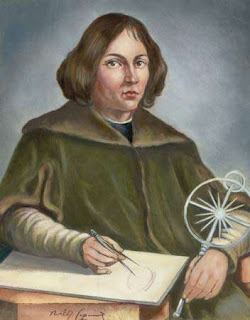Week 1: Two Culures
WEEK 1: TWO CULTURES
Fangmo Ba
The materials on two cultures have
introduced an interesting perspective on the division of humanities and science
and helped me rethink the disciplines that I have learned to abide through out
my academic career. While John Brockman draws a fine line between each
category, C.P. Snow aims to bridge the gap between the two fields.
 |
| Cryptocurrencies: Bitcoin, Ethereum, Ripple |
While UCLA is geographically and structurally
divided into North and South campuses, as an economic major, I have grown
accustomed to the integration of the two cultures, and learned to touch upon
both sides of the "coin". Employed by the biggest blockchain investment company
in Shanghai, I gained a chance to study the cryptocurrencies such as Bitcoin
and Ethereum. While many might attribute financial-technology and its likes to
be strictly digital innovation, the Bitcoin whitepaper, written by Satoshi
Nakamoto after the 2008 financial crisis, is a protocol that calls for a social
network that reconciles with the most fundamental human element of trust.
To categorize bitcoin as merely a digital currency is to negate the essence of
its consensus layer, which largely rests on the individual selfishness and aims
to create a trustless system that aligns the incentives of different players
with a set of hard-coded rules.
 |
| The Bitcoin aims to discrupt the fraudulant and centralized banking system, which indirectly contributed to the financial crysis. Thus a snapshot from the Big Short |
References
Arar, Raphael, director. How We Teach Computer to Make Sense of Human Emotion. TED, www.youtube.com/watch?v=EeliMlEjQCE&t=95s.
“Disrupting the Trust Business.” The Economist, The Economist Newspaper, 15 July 2017, www.economist.com/news/world-if/21724906-trust-business-little-noticed-huge-startups-deploying-blockchain-technology-threaten.
Nakamoto, Satoshi. “Bitcoin: A Peer-to-Peer Electronic Cash System.” 1 Dec. 2009.
Snow, C.P. The Two Cultures and Scientific Revolution. 1959.
Vesna, Victoria. “Toward a Third Culture: Being In Between.” Leonardo, vol. 34, no. 2, 2001, pp. 121–125.

I would have never thought about something such as bitcoin as encompassing both the worlds of science and art. This is a really interesting concept! Also very impressive employment history.
ReplyDeleteI deeply agree with your points about humanities in the cryptocurrencies. Furthermore, I think blockchain is also something that could support the art collecting industry in the future, since current trading and collecting procedures contain a lot of frauds. By applying blockchain on artwork trading, we can easily exclude the possibilities of frauds by having a decentralized trading system. That is definitely another mixture of art and technology.
ReplyDelete